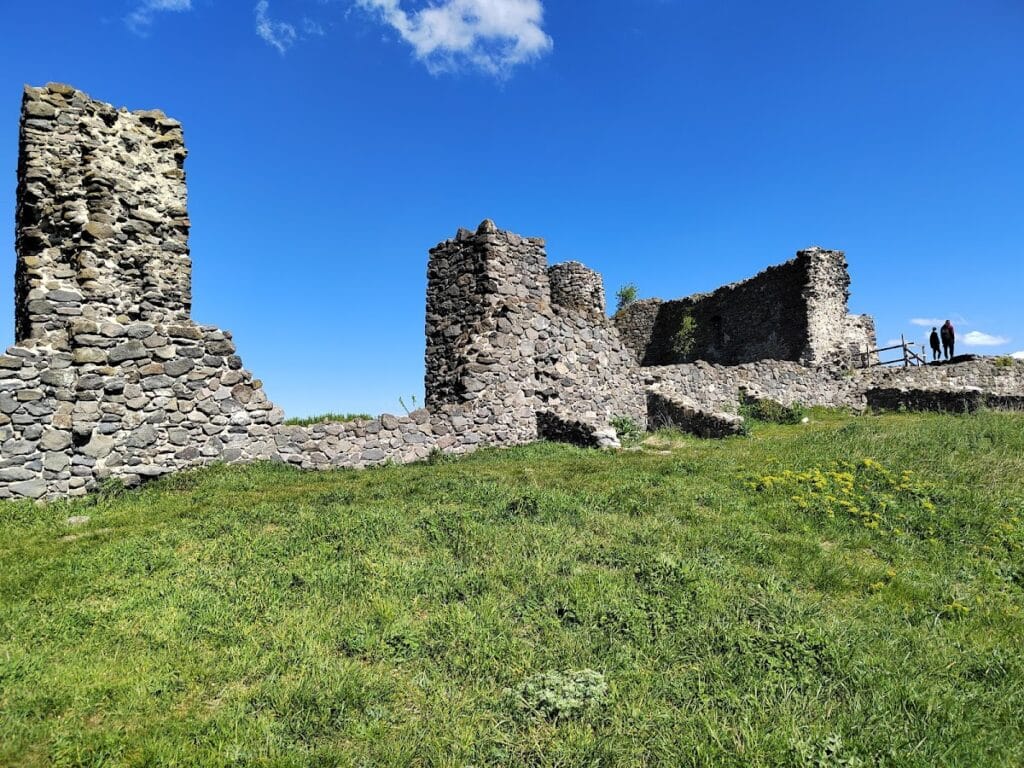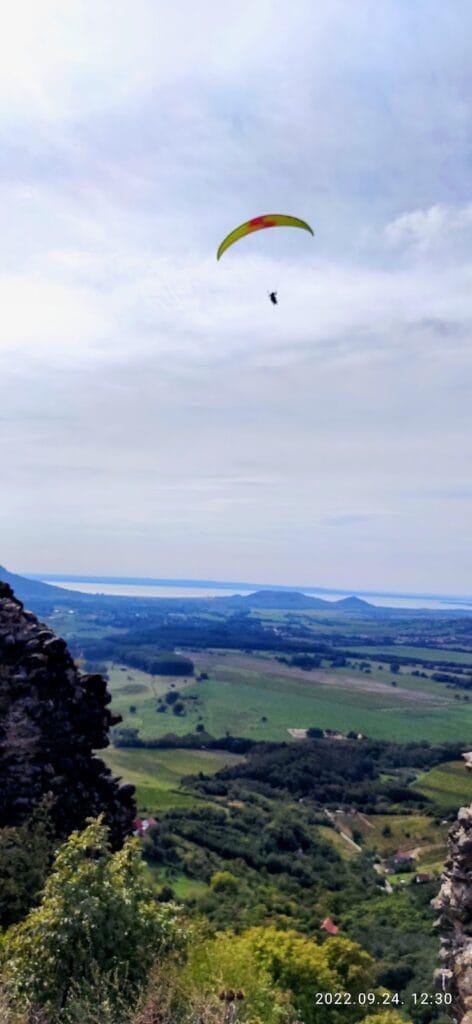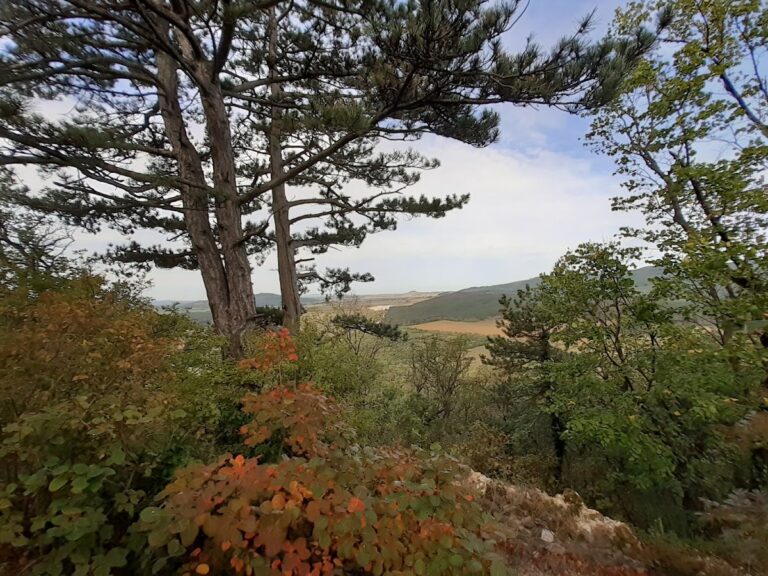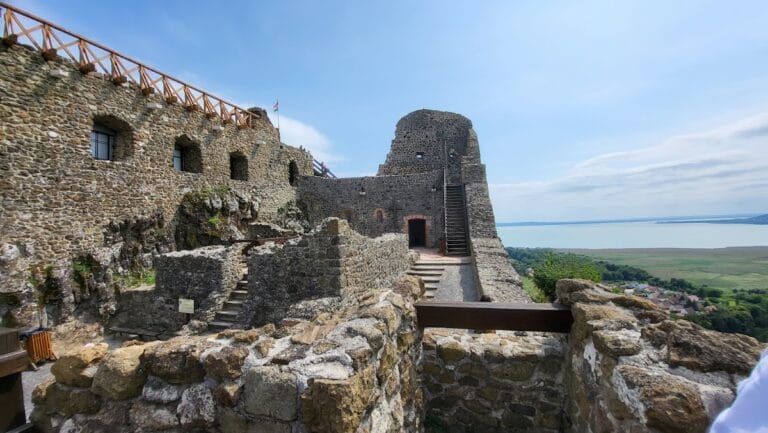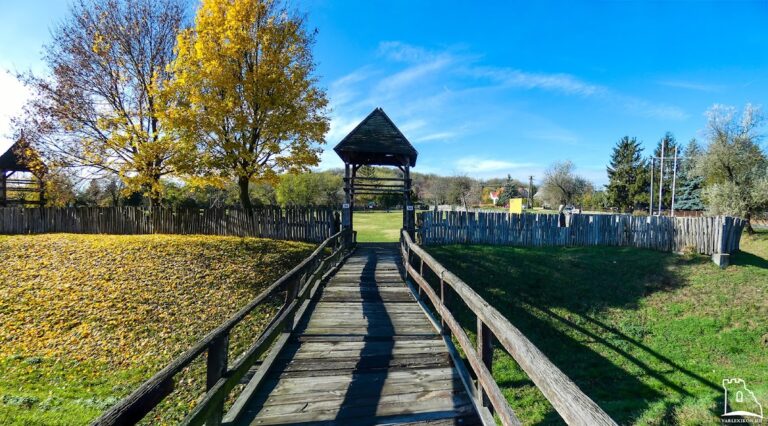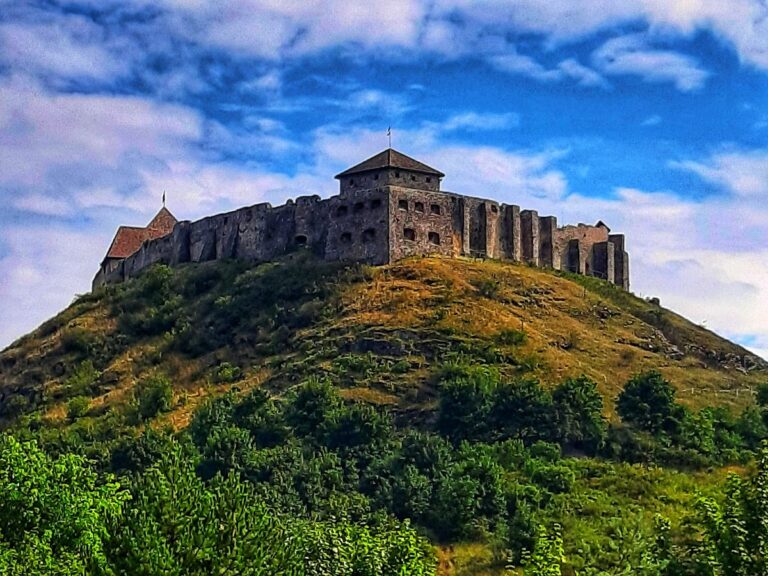Castle Csobánc: A Medieval Hungarian Fortress on Csobánc Hill
Visitor Information
Google Rating: 4.8
Popularity: Medium
Google Maps: View on Google Maps
Official Website: www.csobancvar.hu
Country: Hungary
Civilization: Unclassified
Remains: Military
History
Castle Csobánc is situated on Csobánc Hill within the municipality of Gyulakeszi in modern-day Hungary. Constructed by medieval Hungarian builders in the 13th century, it has witnessed several centuries of military, noble, and regional activity.
The earliest record mentioning the castle appears in 1272, although it likely began to take shape before 1255. Initially, the hill served as a site for royal servants and local nobility who established vineyards and stone buildings in the early 1200s. Ownership remained with the noble Rátót family’s Gyulaffy branch up until the late 1600s.
Following the death of King Matthias in 1490, Castle Csobánc underwent significant fortification efforts led by the renowned commander Pál Kinizsi and his officer Ágoston Leányfalusi. These improvements strengthened the stronghold, helping it withstand several Ottoman attempts to capture it during the 16th century, including assaults in 1554 and 1559. The castle became an important defensive post during the ongoing Turkish-Hungarian border conflicts and was used as a launching point for offensive operations. Notably, troops operating from Csobánc successfully besieged and captured Hegyesd Castle in 1562.
In 1669, the Esterházy family acquired Castle Csobánc, with initial plans to dismantle it. However, these intentions were interrupted by the outbreak of the Rákóczi War of Independence (1703–1711). During this turbulent period, imperial forces controlled the castle until 1705, after which it was seized by kuruc rebel fighters. In 1707, a small kuruc garrison endured a significant siege, defending the site against a vastly superior imperial army. Ultimately, imperial troops regained control in 1709, and soon after the fortress was deliberately damaged with explosives to prevent further military use. By 1722, the castle was recorded as ruined, with only traces of the Gyulaffy family’s former manor house remaining near the village below the hill.
In the modern era, archaeological interest began in 1953, sparking various excavations and surveys through the late 20th and early 21st centuries. Preservation efforts have been ongoing since 2003 with the formation of a dedicated foundation, and the site has been included in a national castle conservation program since 2017.
Remains
Castle Csobánc occupies a flat plateau atop Csobánc Hill, which rises 376 meters above sea level. The plateau itself measures roughly 260 by 190 meters, offering a naturally defensible position. The inner portion of the castle was constructed on the southwestern part of this plateau and is distinguished from the surrounding area by a deep ditch and an earth rampart, varying in width between 15 and 26 meters. These earthworks served as defensive barriers, marking a clear separation between the core fortification and its outer surroundings.
Surrounding the inner castle, the outer castle extended nearly across the entire hilltop. Although today it retains only small fragments of its original walls, the surface of the plateau reveals numerous pits and depressions of various shapes. These features indicate the former footprints of buildings, storage areas, or other constructed spaces that formed part of the castle’s outer enclosure.
At present, the remains of Castle Csobánc are in a significant state of decay, with structural elements reduced heavily over time. This deterioration has drawn attention to the necessity for urgent conservation and restoration measures to stabilize the ruins. Nearby, in the village below the hill, archaeological remnants of the Gyulaffy family’s old manor house can still be found, providing a connection between the castle and its noble owners.

